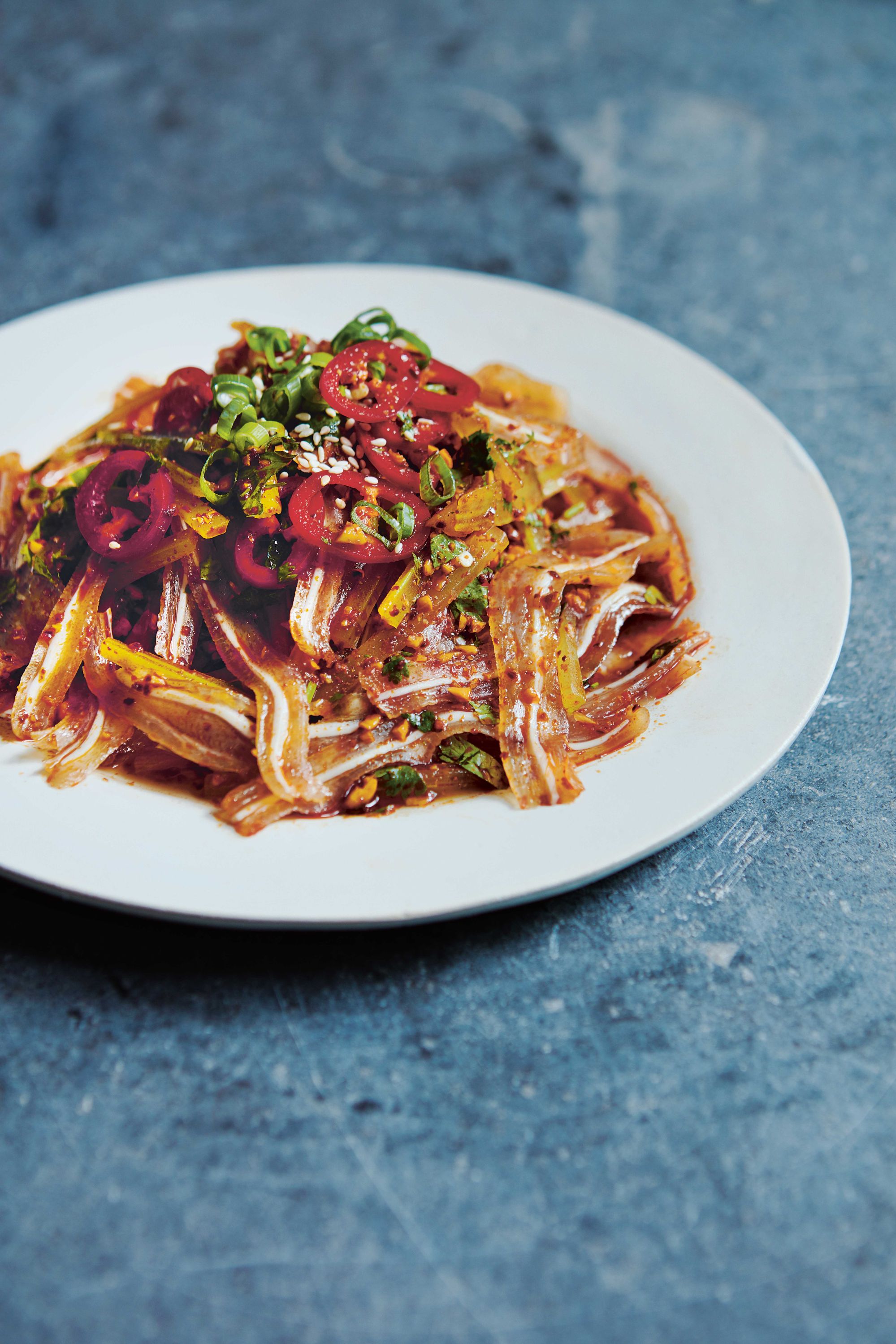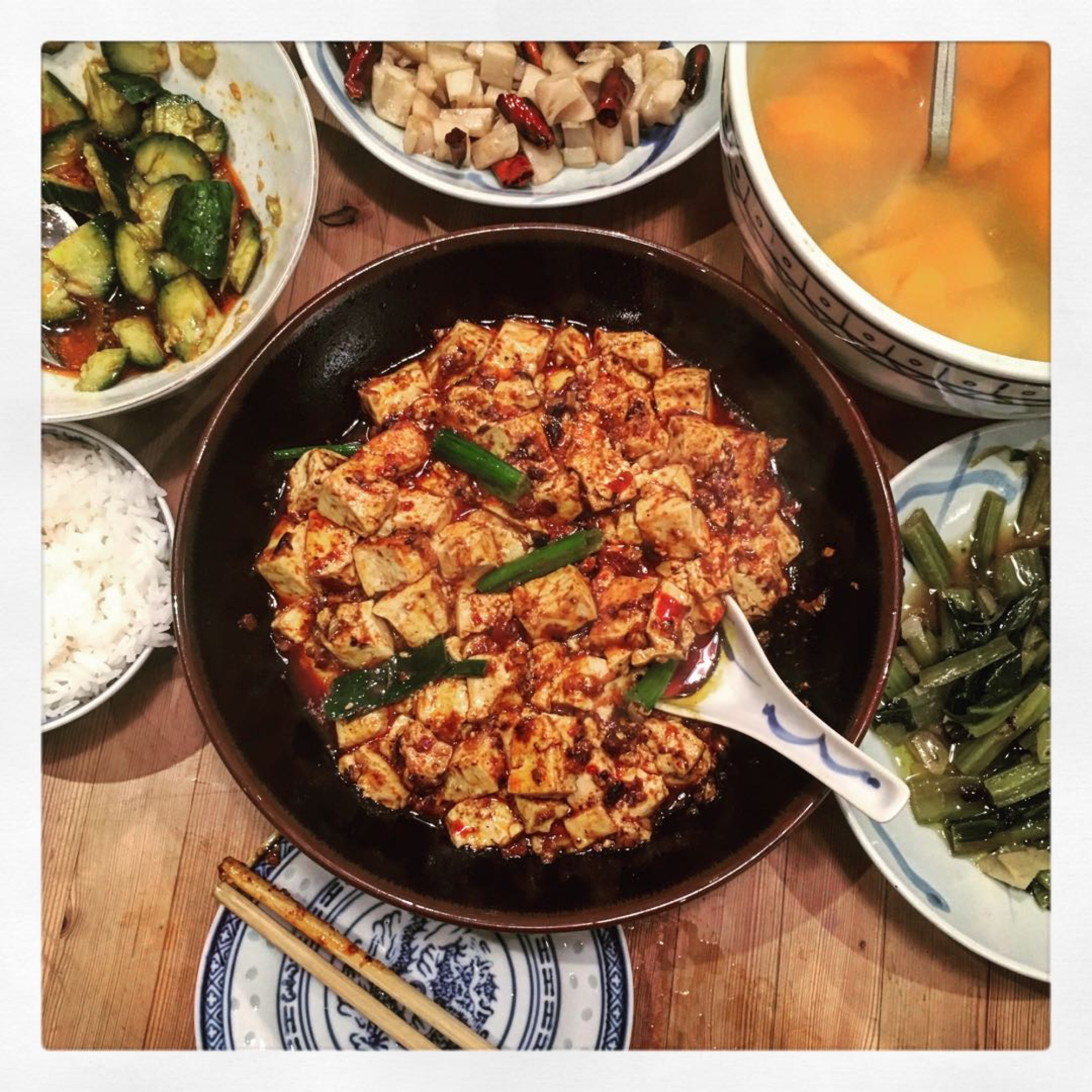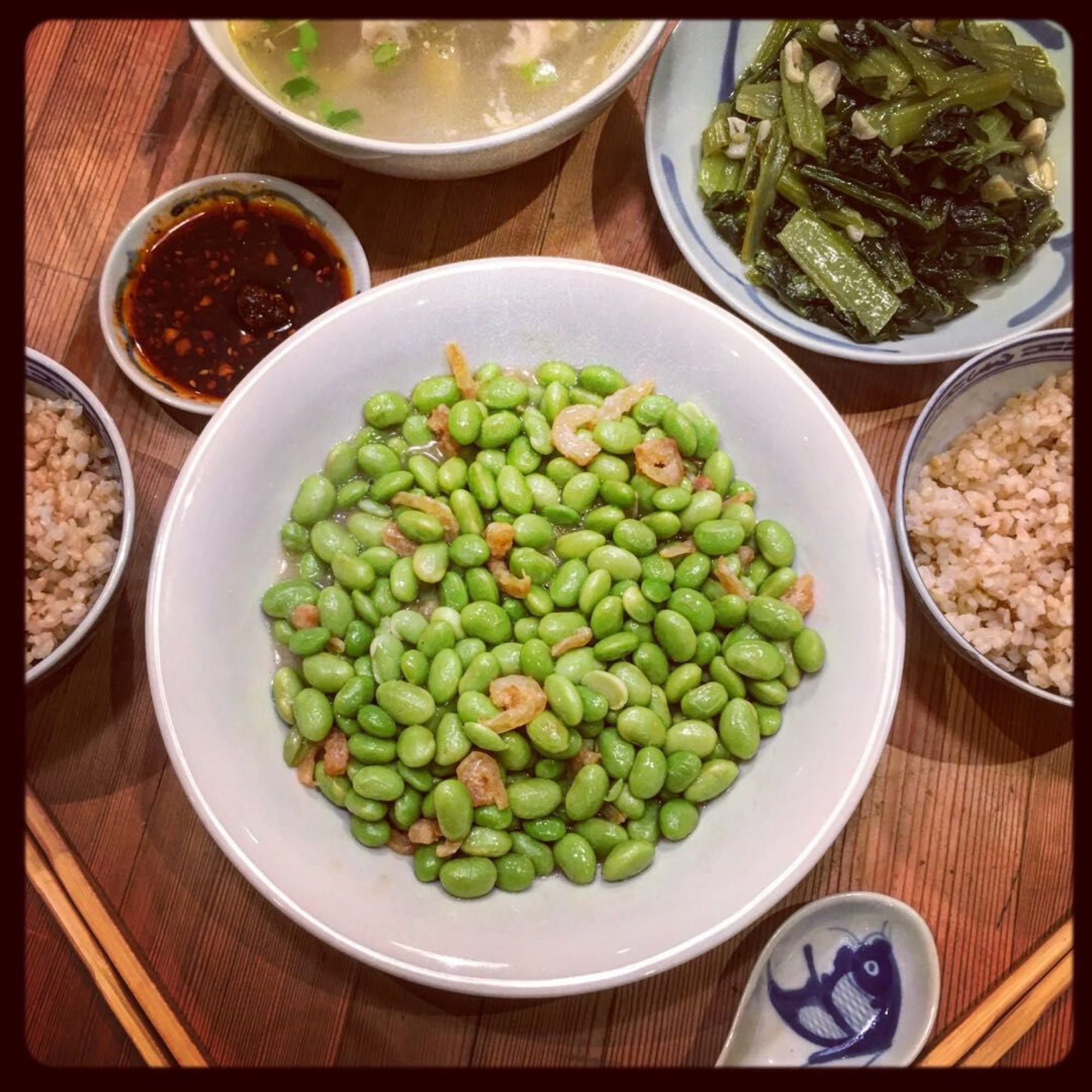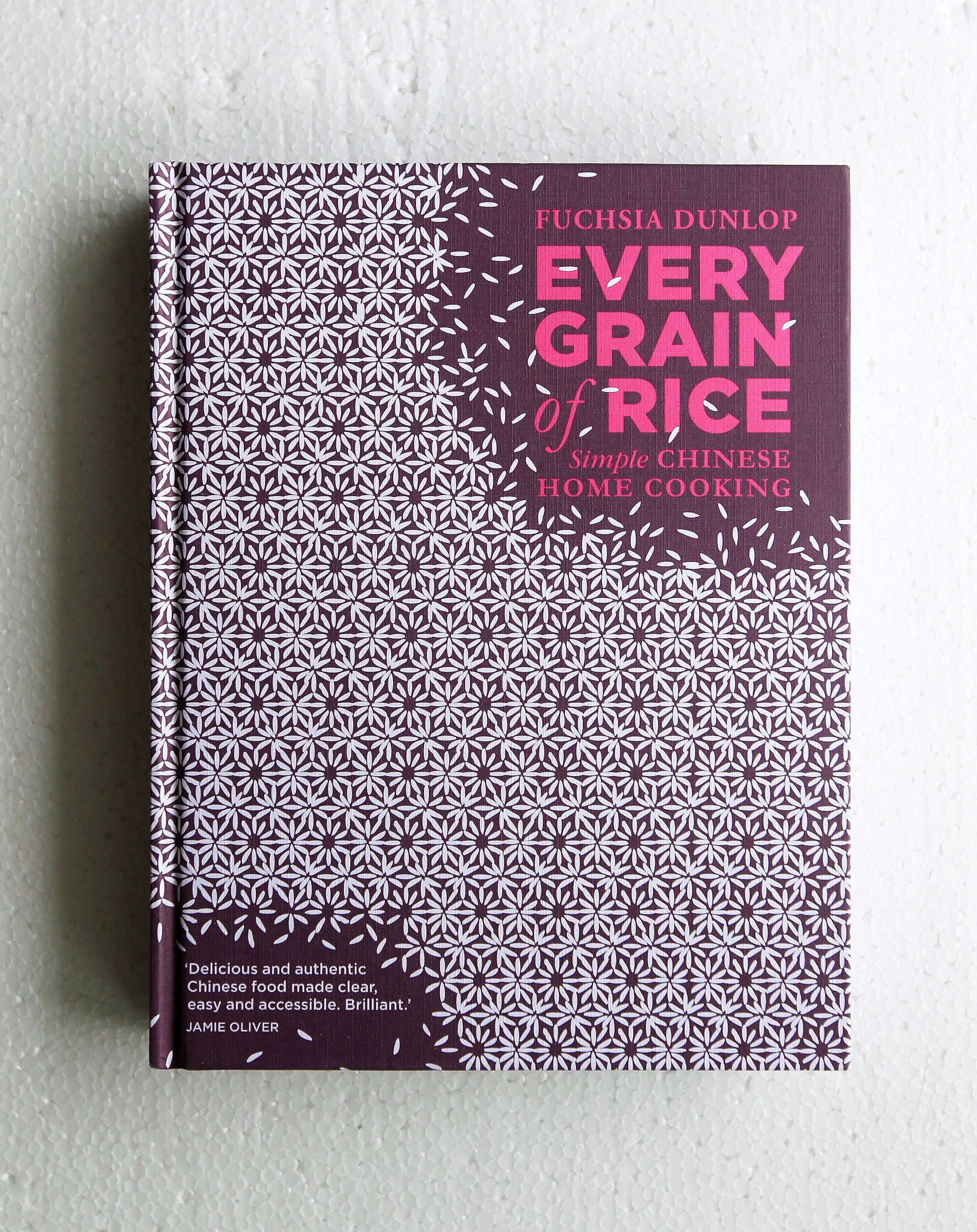
Fuchsia Dunlop on giving Chinese food its due as ‘a very sophisticated cuisine’ in her latest book, Invitation to a Banquet
- Chinese food is ‘not really acknowledged as a very sophisticated cuisine by most people’, food writer Fuchsia Dunlop says, and she wants to change that
- The award-winning author and cookbook creator’s book Invitation to a Banquet is a personal account of her journey into the expansive realm of Chinese cuisine
“Ma’am, this is the wrong Royal China,” the waiter says and points to the left. “You want the Royal China Club that’s next door.”
When award-winning writer and cookbook author Fuchsia Dunlop invites you to a 15-course dinner to celebrate her new book, Invitation to a Banquet, you better make sure you are at the right restaurant. (To much confusion, there are two Royal China restaurants on the same street in central London.)
“There’s a strange disconnect between the enormous popularity of Chinese food all over the world [and how it is perceived],” Dunlop says in her speech over dinner.

“Generally, in the West, people are prepared to pay loads of money for Japanese sushi or a Nordic tasting menu, but when it comes to Chinese food, it’s stuck in this lowbrow to middle bracket.
“The fact that it’s not really acknowledged as a very sophisticated cuisine by most people is very reductive.”
Back to her roots: cookbook writer explores ‘what Taiwanese food really is’
Dunlop previously worked as a subeditor for the BBC and as a restaurant critic at Time Out. In 1992, she took her first trip to China for an editorial job, which sparked a lifelong passion for Chinese food.
Upon her return to Britain, she took evening classes in Mandarin, won a scholarship to study minorities history at Sichuan University, in Chengdu, in 1994, and became the first Westerner to train as a chef at the Sichuan Higher Institute of Cuisine.

“I’m a complete convert and will forever be a student – I find Chinese food an inexhaustibly fascinating subject,” she says. “I keep learning something new and surprising about it. I don’t think I’ll ever get bored of it.”
Dunlop has written a number of bestselling books on Chinese food, including Land of Plenty: A Treasury of Authentic Sichuan Cooking (2003), the autobiographical Shark’s Fin and Sichuan Pepper (2008), Every Grain of Rice (2012) and The Food of Sichuan (2019), several of which have been translated and published in China.
How old Chinese cookbooks helped a Hong Kong chef modernise her food
Each chapter follows her travels around the country meeting local food producers, chefs, restaurateurs, gourmets and home cooks, examining key ingredients, classic dishes and traditional techniques.
The book started out as a lockdown project – with Dunlop unable to travel to China because of Covid-19 restrictions, she looked back at the ideas and recipes she had scrawled on the various notebooks she had amassed over her three-decade career.
She wanted to ask what Chinese food truly is.

Having taken my seat at the correct restaurant, we ease into the meal with a pickled vegetable and stir-fried edamame bean starter.
“There’s a real art to ordering a Chinese meal, it’s like a symphony and a Chinese menu can be daunting,” Dunlop says, as she talks through the dishes on her carefully curated banquet menu.
I’ve spent all this time learning about China and Chinese food, but I’m a Westerner who grew up in the West. I try to look at things from different angles
A soybean does not sound like much, but it is the backbone of all Chinese food.
Next on the menu: jellyfish with cucumber and black bean chicken feet. I look around to see some worry on the faces of my fellow dinner guests. But Dunlop reassures them and calls these dishes “texture food”.

It is a category that she explores for an entire chapter, casting light on the astounding vocabulary that the Chinese have to describe food – and something that is often overlooked or mistranslated in the West.
But understanding how the food sits on the palate and how it interacts with the act of eating unlocks the possibilities of pleasure in Chinese food.
Why aren’t cookbooks dead yet? ‘It isn’t only about the cooking,’ chef says
Before we have any time for appreciation, however, we are met with an onslaught of dishes coming out of the kitchen one after another.

“The Cantonese version [of this dish] is too mild for me,” she says with a knowing smile, as she sprinkles the pepper on top of the mapo tofu. “I just love how zingy this is and how it adds another dimension.”
She is right – there is an electrifying jolt that awakens the taste buds and numbs the tongue. It is ma la, meaning, respectively, “numbing” and “spicy”, but there is no direct English translation for this.
There is a whole cooking glossary and terminology in Chinese that is virtually unknown outside China. Dunlop draws comparisons with the French, who also have a complex vocabulary.

“In France, there’s this really serious cooking culture. That’s why in English, we borrow things like crème fraîche, béchamel, mayonnaise – they’re all French, right?” she explains.
“China has that similar level of sophistication, but multiply that by 10. China’s huge and France is only as big as one Chinese province.”

We reach the crescendo of the meal and I am grateful to be wearing loose trousers. The waiters clear the table for the final course and the room waits with bated breath for what is coming next.
A cloud of billowing dry ice emanates from a theatrical-looking mountain of deep-fried toffee bananas covered in an intricate sugar spun nest.
Vegan Chinese cookbook author Hannah Che on an epiphany in China
“I know, toffee bananas aren’t very Chinese, but we Westerners always have to have a dessert,” she laughs. “I’m an outsider and I notice things differently. I suppose that’s the same with this book. I’m writing from a place in the middle.
“I’ve spent all this time learning about China and Chinese food, but I’m a Westerner who grew up in the West. I try to look at things from different angles. Comparatively, I think that’s why people in China find my viewpoint interesting, because it’s not a Chinese viewpoint.”
Invitation to a Banquet: The Story of Chinese Food, by Fuchsia Dunlop, is published by WW Norton.

